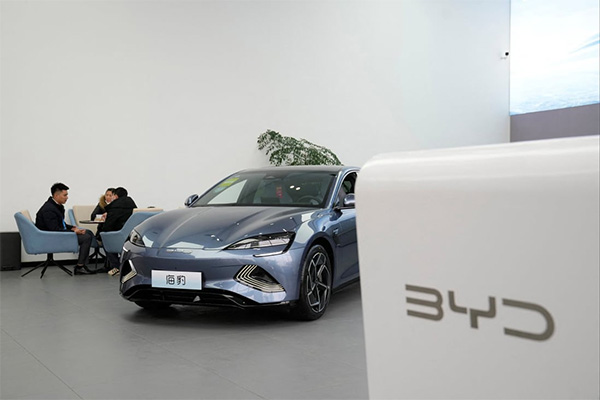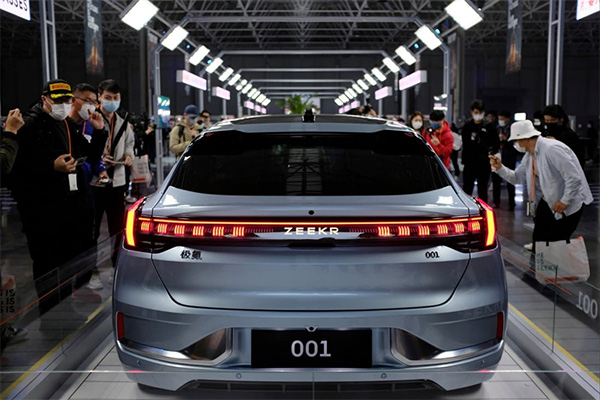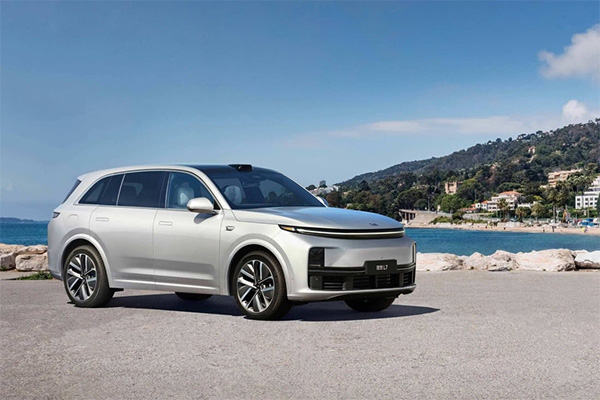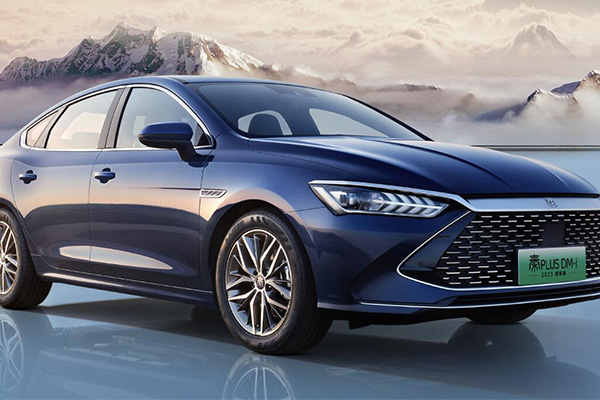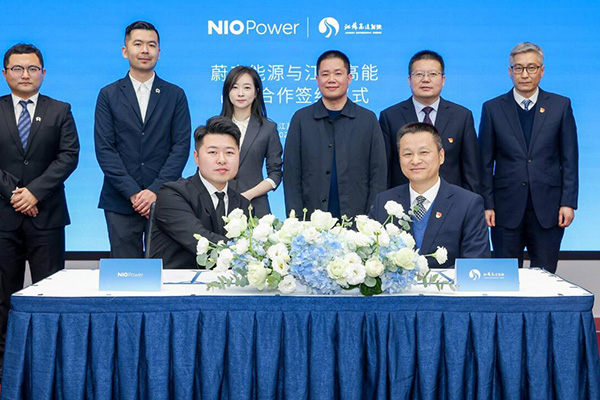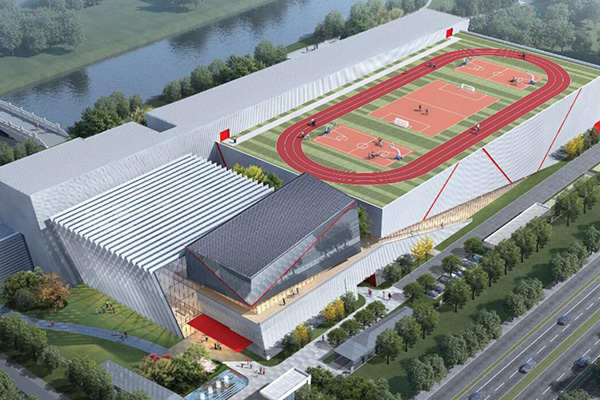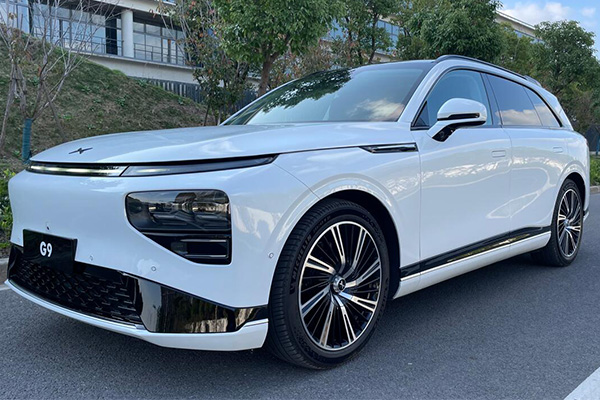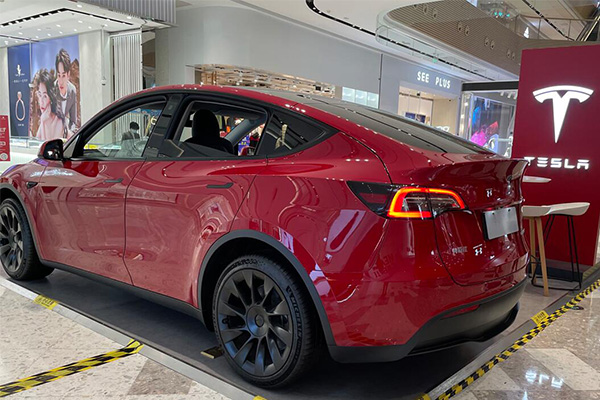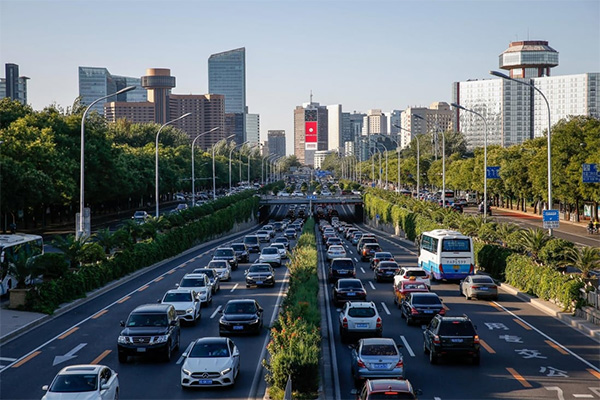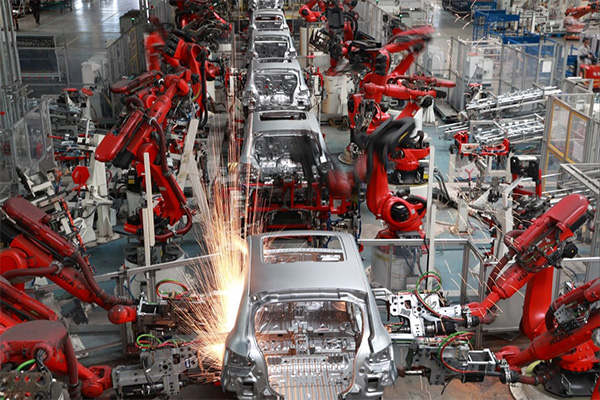Ford Motor is investing US$3.5 billion in an electric-vehicle battery plant in the US that it will operate with technology and support from a Chinese battery maker that has stirred political controversy.
The factory near Marshall, Michigan, will employ 2,500 workers, Ford said. The facility is set to open in 2026 and will produce enough batteries to power 400,000 EVs a year.
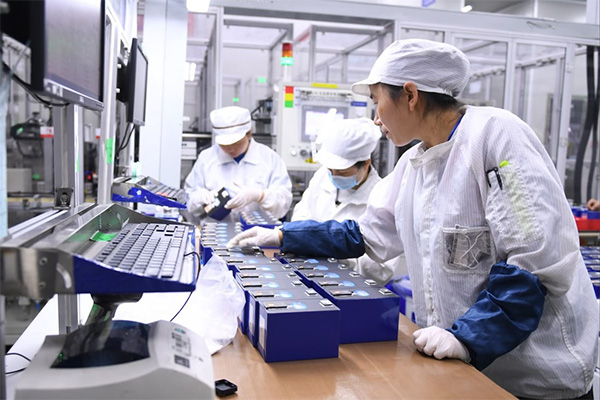
The US carmaker will be contracting the battery know-how from China’s Contemporary Amperex Technology Co, which will help set up the plant and have staff there. Ford said it will own and operate the factory and set up a wholly owned subsidiary to run it. CATL is the world’s largest battery maker for electric cars.
CATL staff will help with the installation of factory equipment to build the batteries, some of which will come from China, Drake said. And some of that personnel from CATL will remain at the Michigan factory permanently because “we need their help,” Drake said.
The United Auto Workers said in a statement that it expects the plant to create “good-paying union jobs.”
Ford’s shares rose 2.7 percent at 3:54pm in New York. The stock was up 9.5 percent this year through Friday’s close.
At a ceremony on Monday in Michigan to announce the factory, executive chairman Bill Ford, great-grandson of founder Henry Ford, characterised his company’s relationship with the Chinese battery maker as a way to foster American autonomy in building EV batteries, which now come primarily from Asia.
CATL is providing the technology for lithium iron phosphate batteries, which are less expensive and will make Ford’s EV line-up more affordable, Drake said. The plant will be the first in the US to produce so-called LFP batteries.
Ford will begin offering LFP batteries in its Mustang Mach-E model later this year and in its F-150 Lightning plug-in pickup truck next year. Initially, those batteries will be imported from China. Tesla and Honda Motor also have contracts with CATL to import LFP batteries for their EV models.
The Michigan factory, which will be located about 100 miles west of Detroit, will have the annual capacity to produce 35 gigawatt hours of LFP batteries, enough to provide power sources for 400,000 Ford models a year, Drake said. That will represent about a fifth of the EV output of 2 million vehicles Ford is targeting annually by late 2026. Ford is spending US$50 billion to develop and build EVs through 2026.



